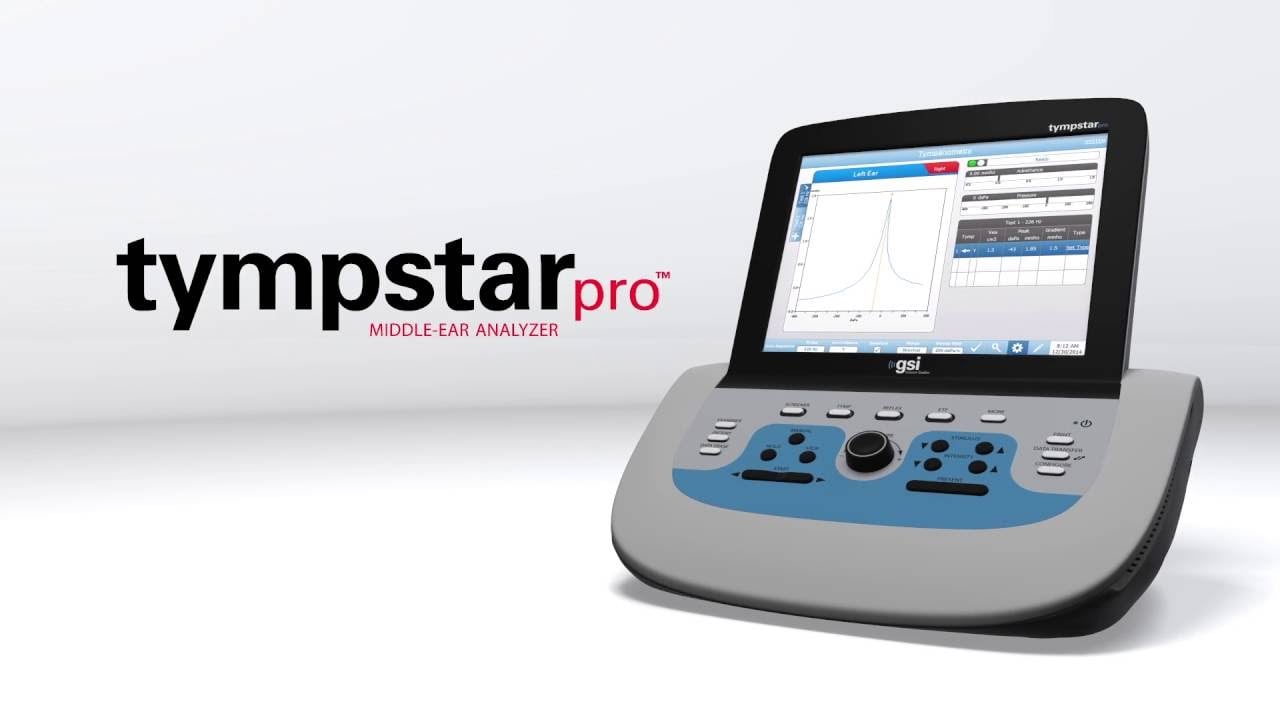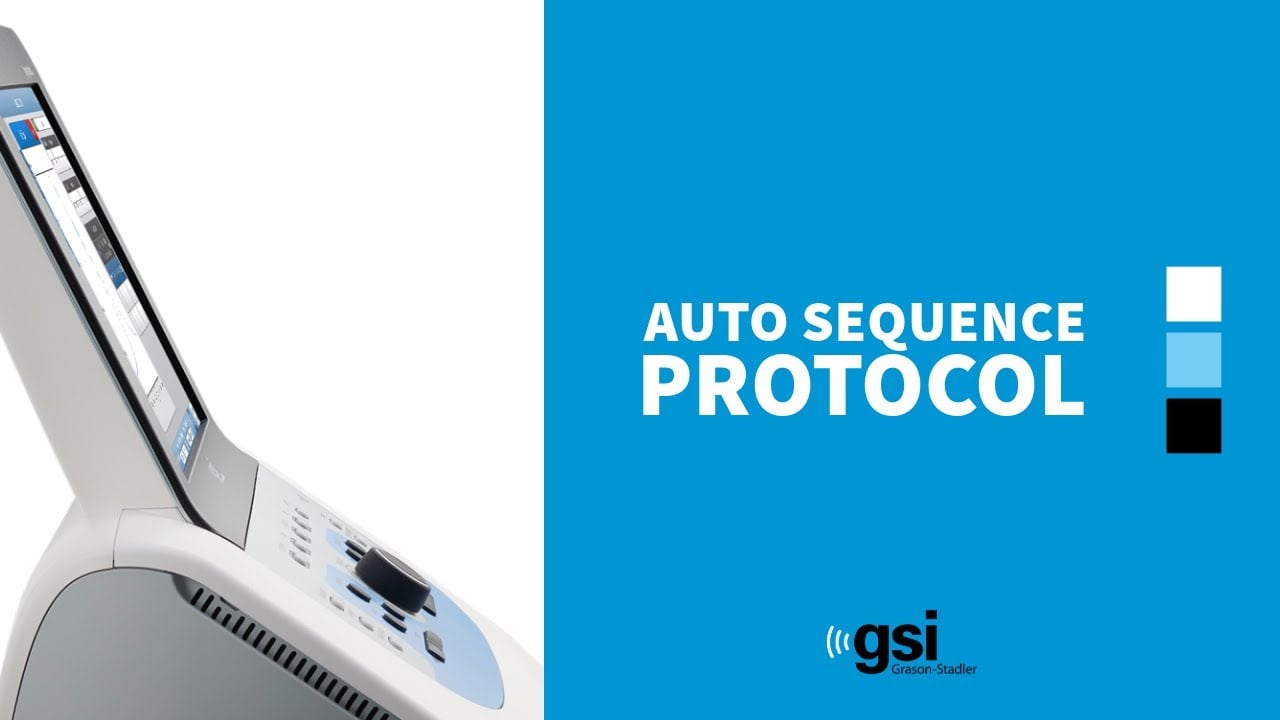Preventive Maintenance for GSI Tympanometers
GSI tympanometers are precision medical instruments that require systematic preventive maintenance to ensure accurate measurements, patient safety, and optimal performance longevity. This comprehensive guide covers maintenance protocols for GSI 39 Auto Tymp, GSI TympStar Pro, and other GSI tympanometry systems used in clinical and screening applications.
#
Understanding Tympanometer Maintenance Requirements
Tympanometers measure middle ear function through precise pressure and acoustic measurements. Maintaining calibration accuracy and system cleanliness is critical for reliable diagnostic results and infection control.
##
Maintenance Schedule Overview
| Frequency | Task Category | Responsible Party | Critical Items |
|-----------|---------------|-------------------|----------------|
| Daily | Basic cleaning and inspection | Clinical staff | Probe tips, external surfaces, visual checks |
| Weekly | Biological calibration check | Clinical staff | Calibration cavity test, probe tube inspection |
| Monthly | Deep cleaning and documentation | Biomedical technician | Internal components, cable integrity, performance logs |
| Quarterly | Comprehensive system check | Biomedical technician | Software updates, advanced diagnostics |
| Annually | Professional calibration service | Certified technician | Exhaustive calibration, component replacement |
#
Daily Maintenance Procedures
##
Probe Assembly Care
Pre-Use Inspection:
1. Examine probe tips for cracks, wear, or contamination
2. Check probe tube for blockages using otoscope illumination
3. Verify smooth probe tip removal and replacement
4. Test probe tube flexibility without kinks or restrictions
Cleaning Protocol:
1. Remove disposable probe tips after each patient
2. Clean reusable probe components with alcohol-based disinfectant
3. Allow complete air drying before reassembly
4. Replace probe tips showing any signs of damage or wear
Post-Use Maintenance:
1. Wipe probe assembly with approved disinfectant
2. Store probe in protective holder to prevent damage
3. Document any observed issues or performance concerns
4. Verify probe security in storage position
##
System Surface Cleaning
External Surfaces:
Control Interface:
#
Weekly Maintenance Protocols
##
Biological Calibration Verification
Biological calibration checks ensure measurement accuracy without full recalibration:
Required Equipment:
Calibration Check Procedure:
1. System Preparation
- Power on tympanometer and allow 15-minute warm-up
- Verify environmental conditions (temperature 20-25°C, humidity <80%)
- Ensure calibration cavity is at room temperature
2. Cavity Measurement
- Insert probe tip into 2cc calibration cavity
- Ensure hermetic seal without over-insertion
- Initiate calibration check sequence
- Record measured values for comparison
3. Acceptance Criteria
- Compliance measurements should be within ±5% of expected values
- Peak pressure readings should be within ±10 daPa tolerance
- Gradient measurements should maintain consistent parameters
Documentation Requirements:
| Parameter | Expected Value | Measured Value | Date | Technician | Pass/Fail |
|-----------|----------------|----------------|------|------------|----------|
| Peak Compliance | 2.0 ± 0.1 ml | ___________ | _______ | __________ | _______ |
| Peak Pressure | 0 ± 10 daPa | ___________ | _______ | __________ | _______ |
| Gradient | 100 ± 20 daPa | ___________ | _______ | __________ | _______ |
##
Probe Tube Inspection
Visual Assessment:
Functional Testing:
#
Monthly Comprehensive Maintenance
##
Internal Component Inspection
Pneumatic System:
1. Check air pump operation and pressure regulation
2. Inspect tubing connections for leaks or degradation
3. Verify pressure transducer calibration stability
4. Test emergency venting mechanisms
Acoustic System:
1. Evaluate probe tone generation quality
2. Check acoustic isolation and shielding
3. Verify microphone sensitivity and linearity
4. Test frequency response across measurement range
##
Electronic System Verification
Display and Interface:
Data Management:
##
Performance Documentation
Maintenance Log Requirements:
```
Date: _______________
Model: GSI TympStar Pro
Serial Number: _______________
Technician: _______________
Checklist:
☐ Biological calibration within tolerance
☐ Probe assembly inspection completed
☐ System cleaning performed
☐ Electronic functions verified
☐ Data backup completed
☐ Performance issues identified: _______________
☐ Corrective actions taken: _______________
☐ Next scheduled maintenance: _______________
Technician Signature: _______________
```
#
Model-Specific Maintenance Considerations
##
GSI 39 Auto Tymp
Automated Features:
Maintenance Specifics:
##
GSI TympStar Pro
Advanced Capabilities:
Specialized Maintenance:
#
Environmental Considerations
##
Optimal Operating Conditions
Temperature Control:
Humidity Management:
Acoustic Environment:
#
Safety Precautions
⚠️ CRITICAL SAFETY PROTOCOLS
- Never exceed maximum pressure limits (typically 400 daPa) to prevent patient injury
#
Troubleshooting Integration
##
Common Maintenance-Related Issues
Calibration Drift:
Probe Blockages:
Pressure System Leaks:
#
Professional Service Integration
##
Annual Calibration Requirements
Professional calibration services should include:
1. Exhaustive Calibration Verification
- Multi-point pressure calibration
- Acoustic compliance verification
- Frequency response testing
- Linearity and stability assessment
2. Component Replacement Assessment
- Probe tube and tip inspection
- Pressure transducer evaluation
- Acoustic transducer testing
- Electronic component analysis
3. Documentation and Certification
- Calibration certificates with traceability
- Performance verification reports
- Recommended maintenance schedules
- Compliance with regulatory standards
#
Quality Assurance Integration
Maintenance activities should support overall quality management:
Documentation Requirements:
Performance Monitoring:
#
Conclusion
Systematic preventive maintenance of GSI tympanometers ensures reliable diagnostic performance, patient safety, and equipment longevity. By implementing comprehensive daily, weekly, monthly, and annual maintenance protocols, healthcare facilities can maximize their investment in tympanometry equipment while maintaining the highest standards of patient care.
Regular maintenance not only prevents costly repairs but also ensures compliance with regulatory requirements and maintains the accuracy essential for effective hearing healthcare delivery.
---
Legal Disclaimer: This maintenance guide is for informational purposes only. Always follow official GSI maintenance procedures and consult qualified biomedical technicians for complex service requirements. Proper maintenance is essential for patient safety and regulatory compliance.


